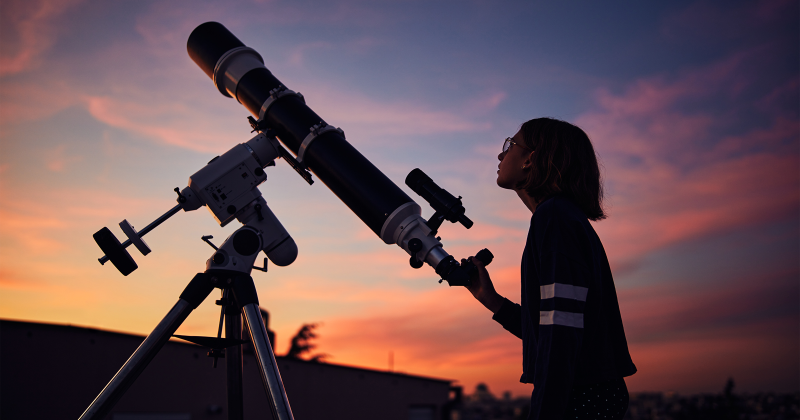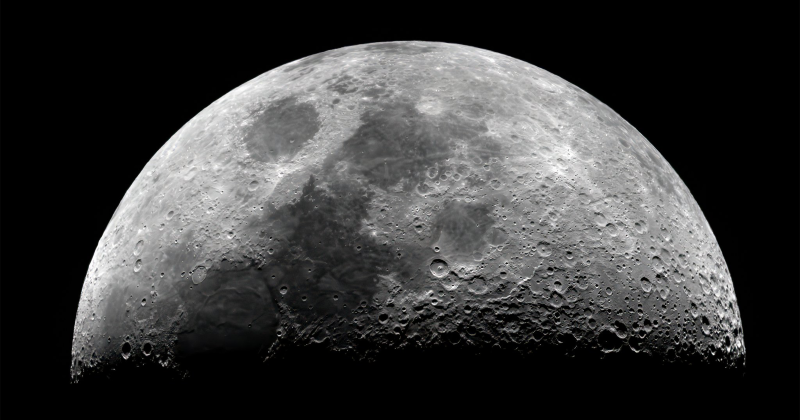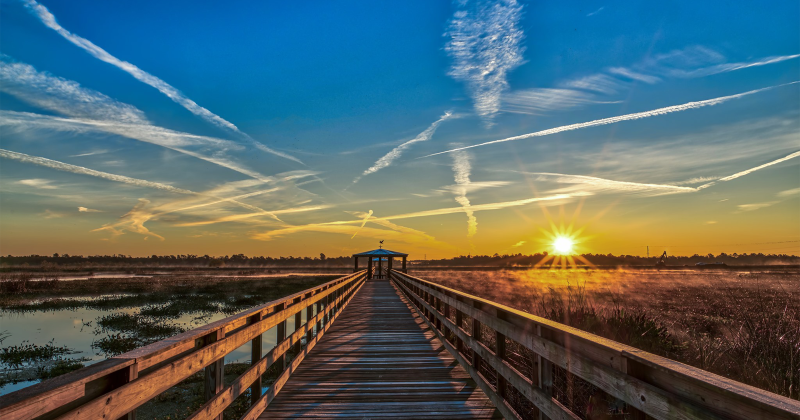Have you ever seen the moon up close? It’s only the brightest object in our night sky at roughly 238,855 miles away from Earth. According to NASA, “If Earth were the size of a nickel, the moon would be about as big as a coffee bean.”
The Big Thicket National Preserve welcomes all ages to Tyrrell Park Nature Center in Beaumont to gaze at the moon and other objects in the night sky Friday, June 14, from 7:30-10 p.m., free of charge.
Park rangers from the Big Thicket will be onsite and provide telescopes for those of all ages and abilities to gander our solar system and the stars that shine during summer nights.
The moon will complete the first quarter of its orbit around Earth, measuring from the previous new moon Friday. Space.com reports that the 90-degree angle formed by the Earth, sun, and moon will cause us to see our natural satellite half-illuminated on its eastern side. At first quarter, the moon always rises around mid-day and sets around midnight, allowing it to be seen in the afternoon daytime sky, too. The evenings surrounding the first quarter phase are the best ones for viewing the lunar terrain when it is dramatically lit by low-angled sunlight.
NASA states that our solar system formed about 4.5 billion years ago from a dense cloud of interstellar gas and dust. As gravity pulled more and more material in, the pressure in the core was so great that hydrogen atoms began to combine and form helium, releasing a tremendous amount of energy. With that, our Sun was born, and it eventually amassed more than 99% of the available matter.
The order and arrangement of the planets and other bodies in our solar system is due to the way the solar system formed. Nearest to the Sun, only rocky material could withstand the heat when the solar system was young. For this reason, the first four planets – Mercury, Venus, Earth, and Mars – are terrestrial planets (small with solid, rocky surfaces). Meanwhile, materials we are used to seeing as ice, liquid, or gas settled in the outer regions of the young solar system. Gravity pulled these materials together as well, and that is where we find gas giants Jupiter and Saturn, and the ice giants Uranus and Neptune.
When using a telescope, what are we looking for?
Five planets in our solar system are easily observed even without a telescope, which are Mercury, Venus, Mars, Jupiter and Saturn. Planets appear as bright or brighter than most stars, and unlike stars, they tend to glow with a steady light, where stars often flicker.
Most of the brightest stars are relatively nearby in space, meaning within a few 100 light years of the solar system. While there are a couple 100 billion stars in our galaxy – the Milky Way – we only see a few thousand of the nearer ones when we look into the night sky with our own eyes.
There’s also the moon, meteor showers, eclipses, comets, satellites and even auroras, which are dancing curtains of light and color in the sky because of Earth’s magnetic field and atmosphere interacting with those of the Sun.
Tyrrell Park Nature Center is located at 3930 Babe Zaharias Dr. in Beaumont. It’s the city’s largest and most extensive park, which is also home to the 900-acre Cattail Marsh Scenic Wetlands that provides a natural habitat for animals, birds and fish, as well as Beaumont Botanical Gardens, Henry Homberg Municipal Golf Course and Tyrrell Park Horse Stables.
For those interested in attending, flashlights (with redlight) are preferred. Detailed information can be obtained by calling (409) 951-6700.




